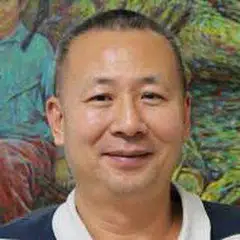[Photo story] Lee Teng-hui: Controversial figure or icon of Asian democracy?
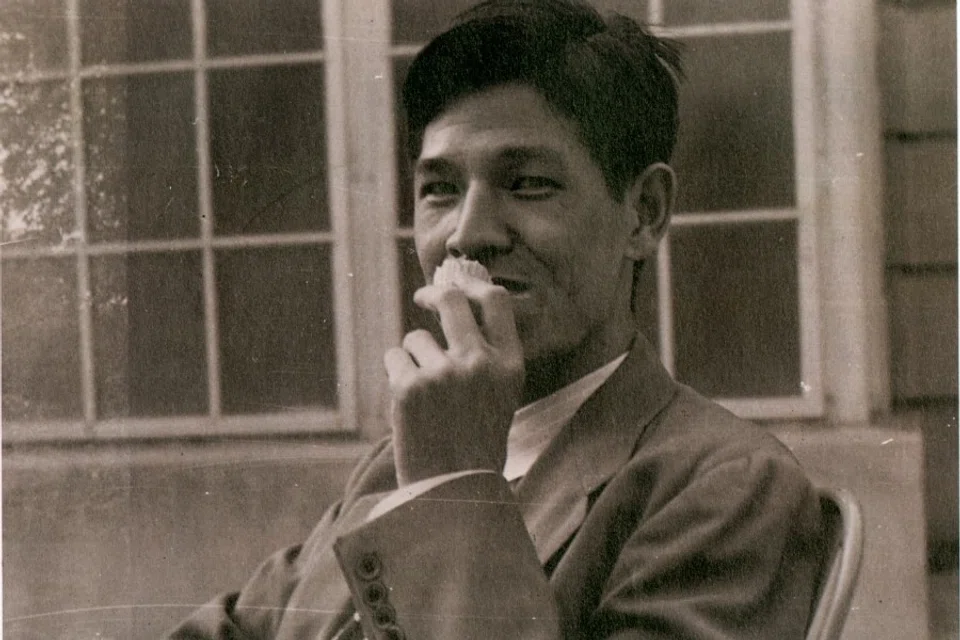
(All photos courtesy of Hsu Chung-mao.)
Former Taiwan president Lee Teng-hui passed away on 30 July at the age of 97. Despite not having had public engagements for many years due to his age, his passing sparked a wave of retrospection both within and outside of Taiwan. Even today, Lee's policies from 30 years ago are still having an impact on Taiwan's politics, economics, education and culture, and cross-strait relations. These challenges have not disappeared with his passing.
Lee and his family lived in unique times when there was much shift and transfer of power between mainland China, Japan, and Taiwan. His life and political insights were inseparable from the changes of those tumultuous times.
Shaped by Japanese colonial rule and studies in Japan
Lee was born in Japanese colonial Taiwan, his ancestors having moved there from Yongding, Fujian province during the Qing dynasty. When the Second Sino-Japanese War broke out, the Japanese colonial authorities stepped up its kominka (皇民化, Japanisation) policy of assimilation, offering rewards to Taiwanese who changed their names to Japanese names. At this point, Lee also had a Japanese name (岩里政男, Iwasato Masao). Later, during his university studies in Japan, Lee was drafted into the army by the Japanese government, only for Japan to surrender in defeat soon after.
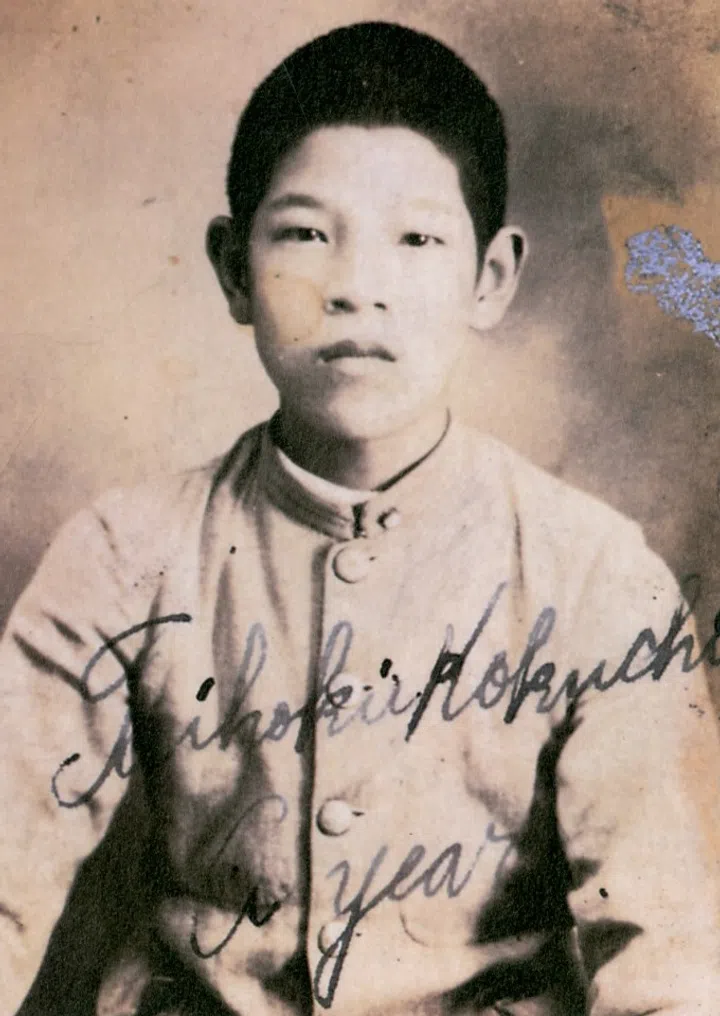
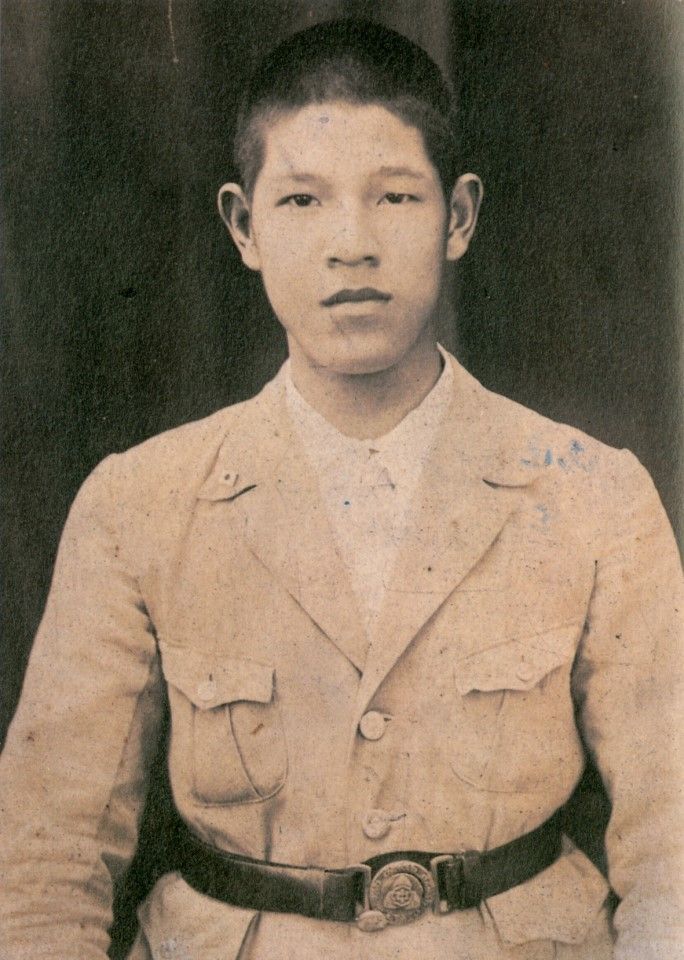
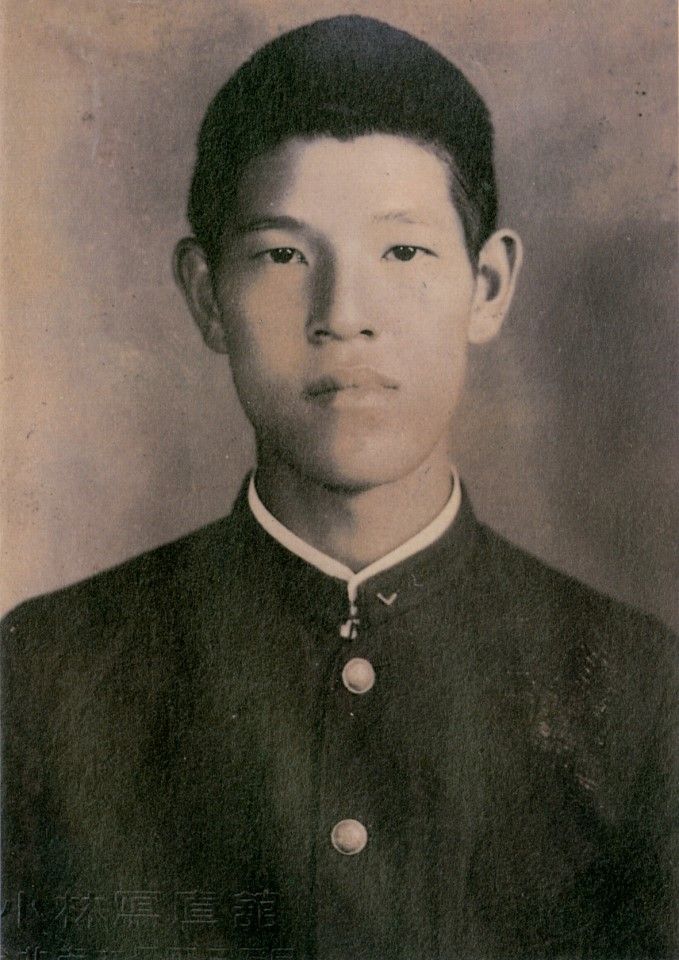
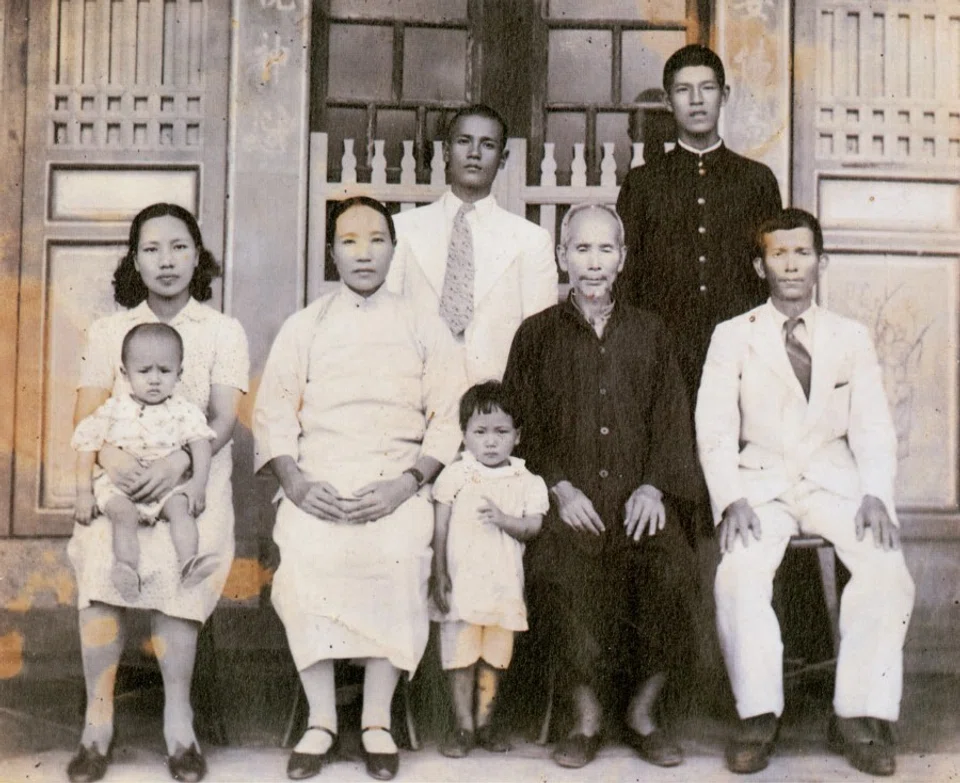
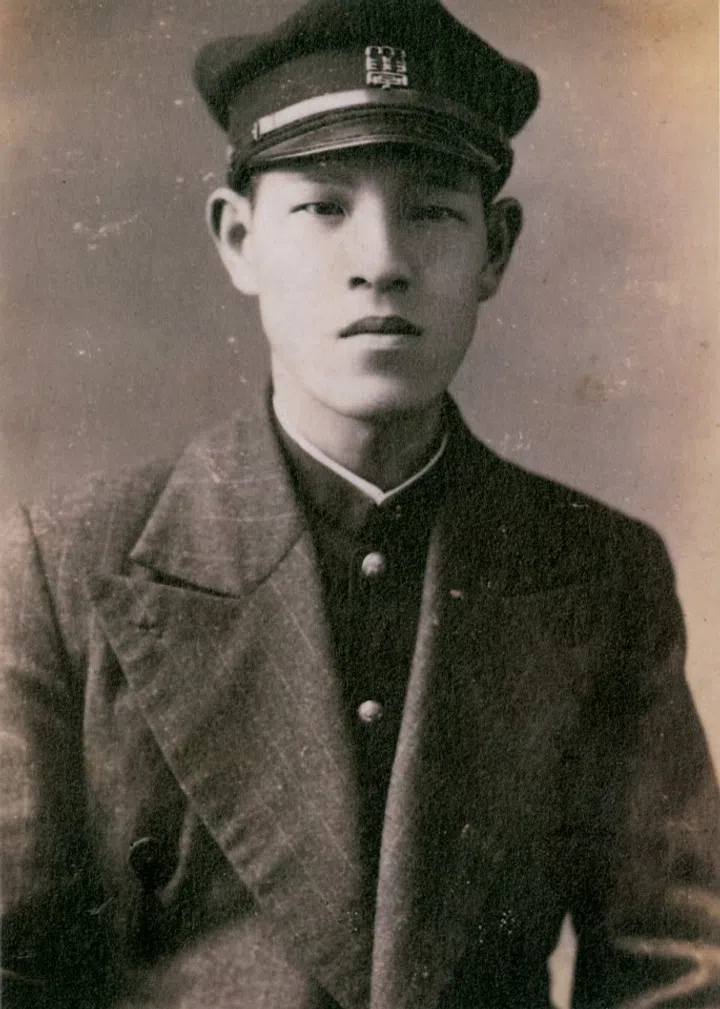
Under the Cairo Declaration of 1943, Taiwan was returned to China and the people of Taiwan were no longer citizens of Japan, but of China again, and Lee's Chinese name was also restored. Soon after that war ended, the civil fighting between the Kuomintang (KMT) and Communists began, and left-wing socialist thinking swept the world. The Chinese Communist Party's (CCP) underground activities in Taiwan became more rampant.
Brief brush with the CCP
At that time, Lee Teng-hui was heavily influenced by Marxism. He joined the CCP's underground activities, but soon stepped away. In November 1949, the KMT government moved from mainland China to Taiwan. Having been defeated in mainland China, the KMT took strong measures to clamp down on the CCP's underground activities. Many of Lee's former CCP comrades either fled to mainland China or were executed by firing squad. Lee turned himself in to the authorities and admitted to participating in the CCP's underground activities. In line with the KMT government's policy for reformed underground CCP members, Lee was not imprisoned but was put under long-term surveillance.
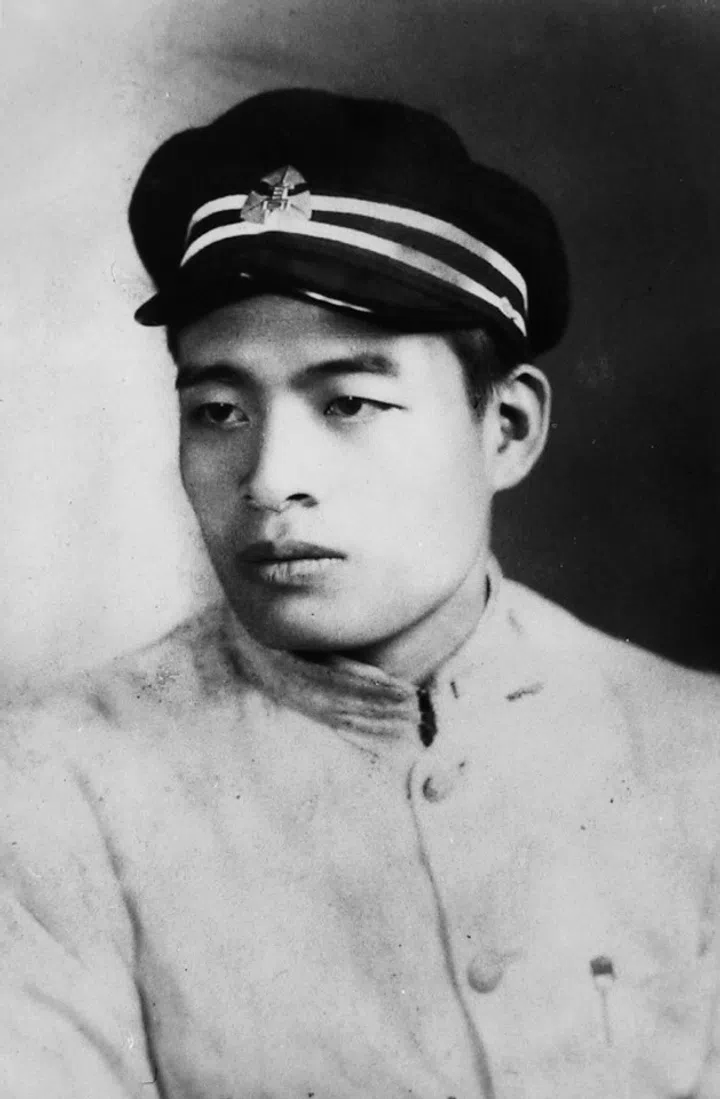
From then on, Lee focused on academic research and did not get involved in political affairs. He received a government subsidy to study agricultural economics at Iowa State University in the US, joining the Chinese-American Joint Commission on Rural Reconstruction (JCRR), an agency for agricultural development, on his return to Taiwan. Subsequently, he returned to the US, earning his doctorate in agricultural economics from Cornell University.
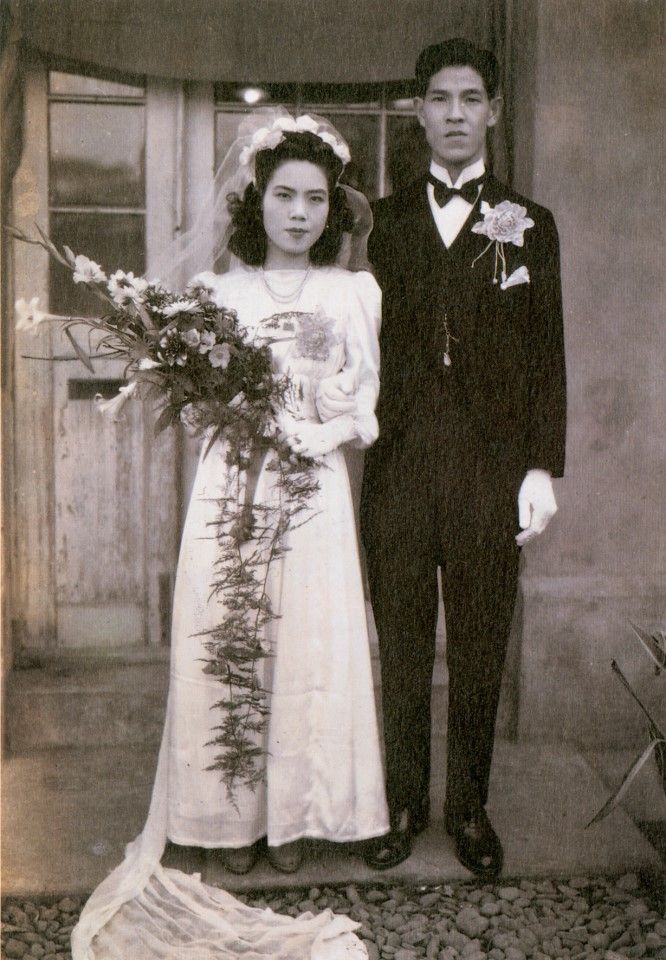

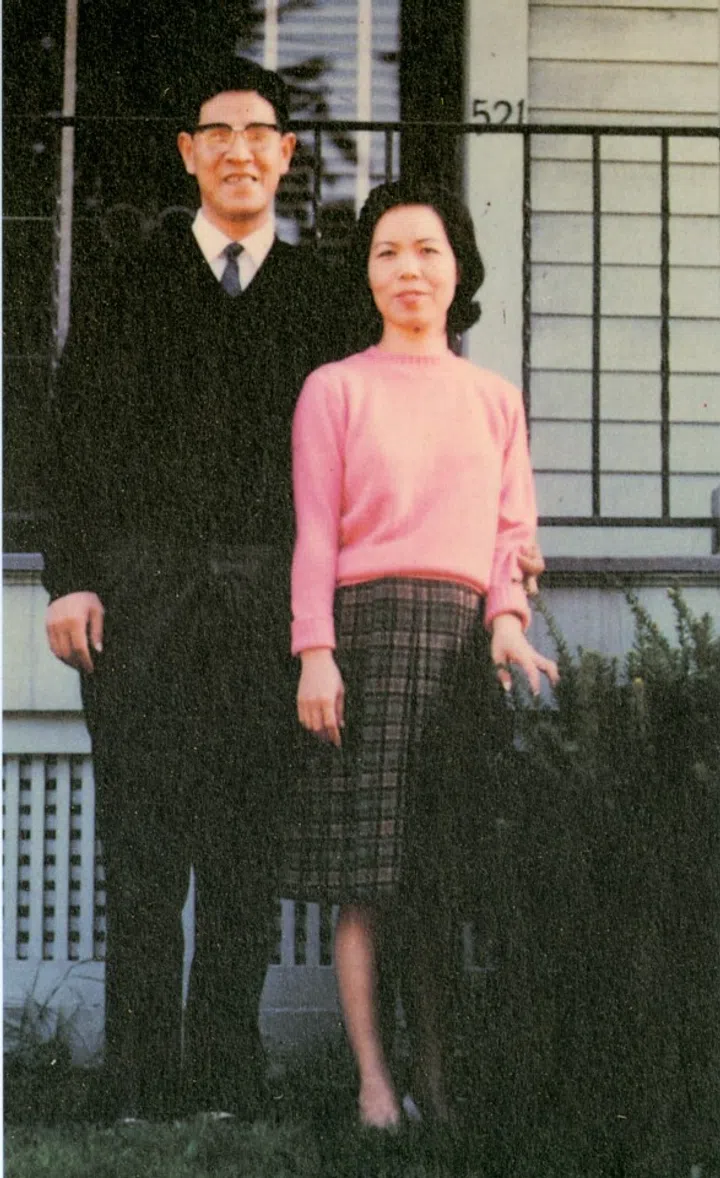
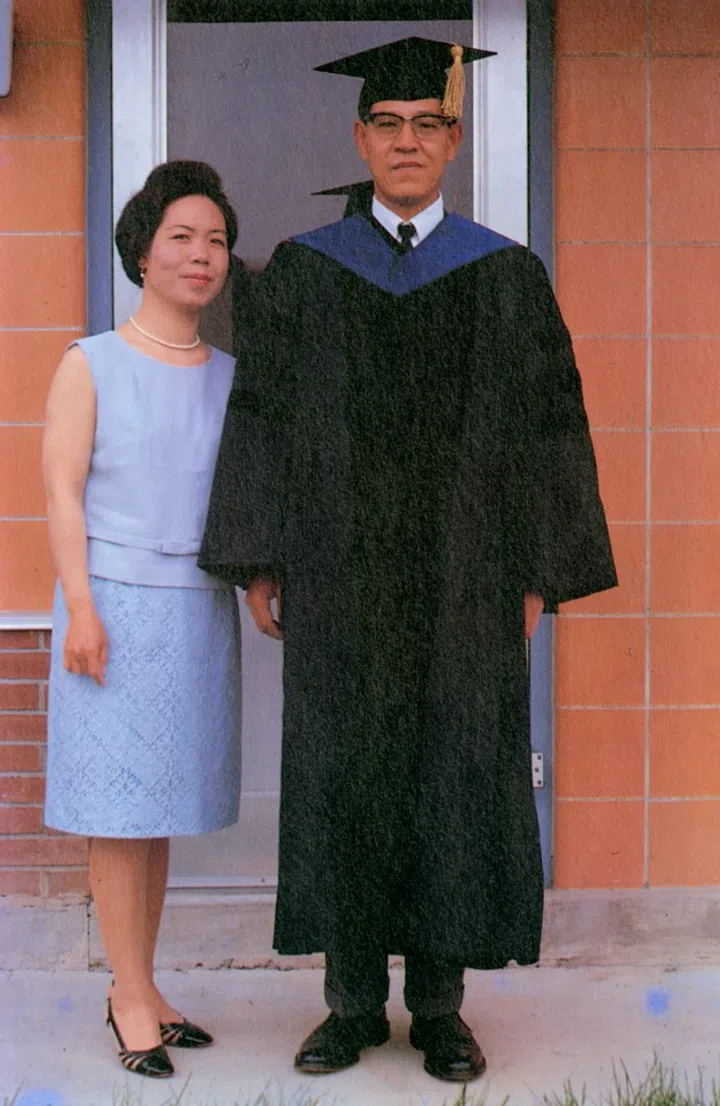
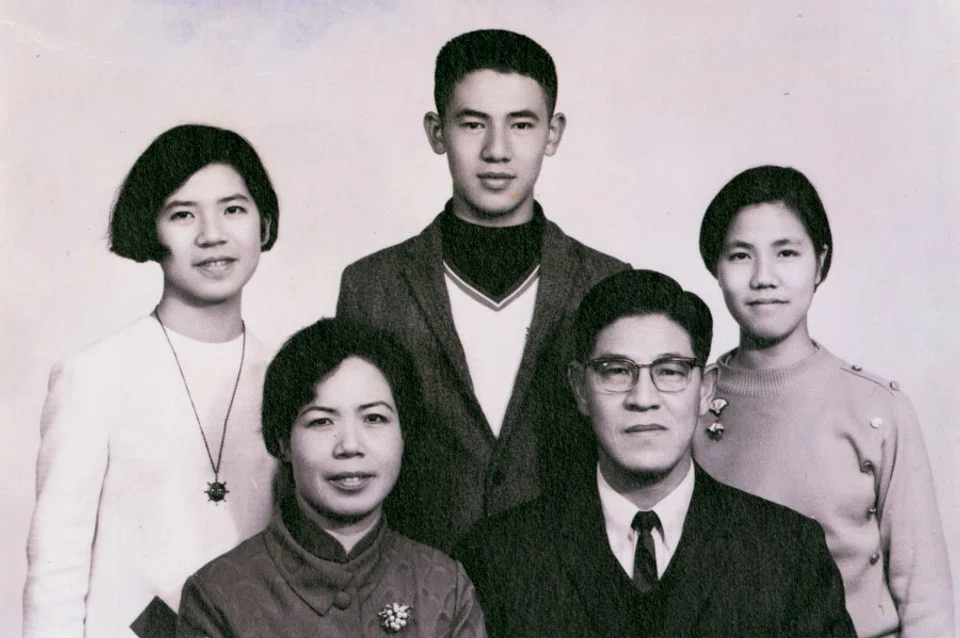
In 1972, Chiang Ching-kuo (the son of President Chiang Kai-shek) became premier of Taiwan, and brought in many of Taiwan's local elites. Through introductions, Lee Teng-hui joined the KMT. Chiang Ching-kuo recognised Lee's abilities and did not mind his Communist past, promoting him to be a cabinet minister responsible for agricultural development.
With Lee personally promoted by Chiang Ching-kuo, the authorities no longer questioned his background. Lee himself kept an extremely low political profile, keeping in line with Chiang's policies, not aligning with political camps, and keeping his political ambitions under wraps. This low-profile approach increased Chiang's regard for Lee, who rose even faster. In 1978, Lee was appointed as the mayor of Taipei; in 1981, he became governor of Taiwan Province; in 1984, he was picked by now-President Chiang to be vice president.
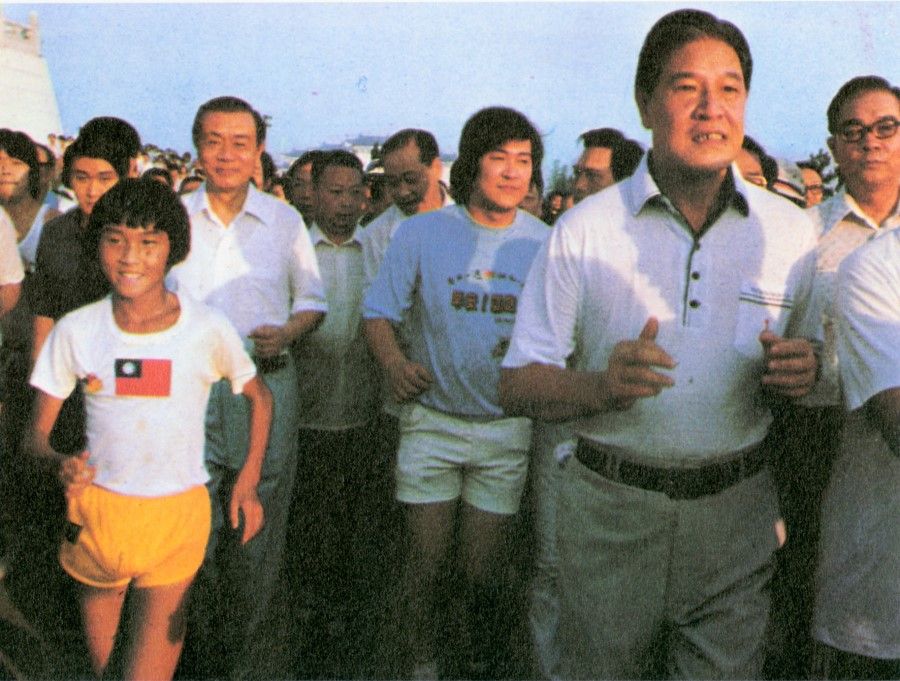
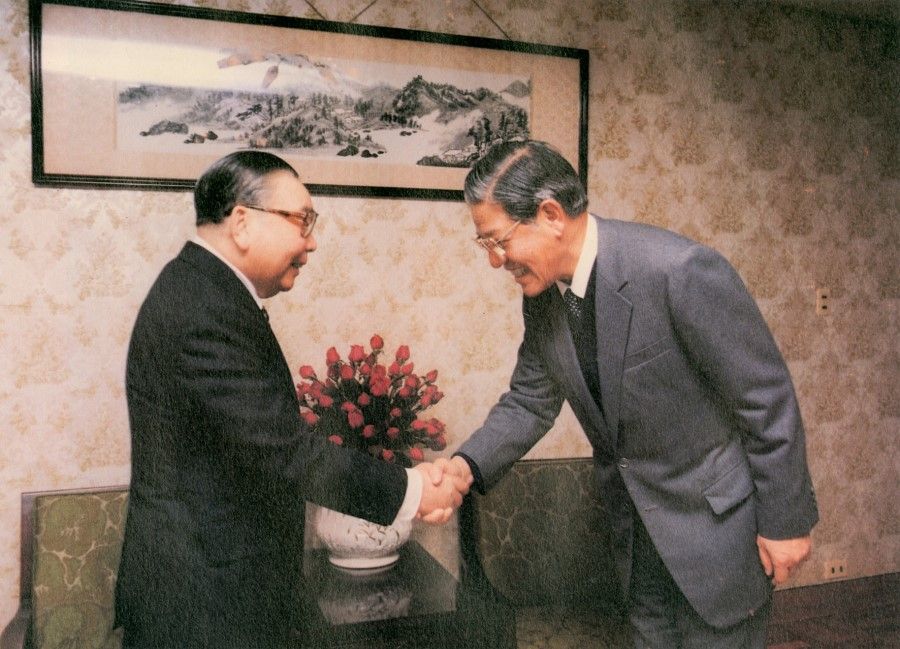

As Chiang was not in good health, most people felt the vice president was, in fact, the next president of Taiwan. It is also apparent that before Chiang died, he had already decided after careful consideration that the KMT's political power should be passed down by someone from mainland China to someone from Taiwan. True enough, Chiang died in January 1988 after an illness, and Lee Teng-hui took over as president and KMT chairman according to the constitution. With that, Taiwan entered a major period of political reform.
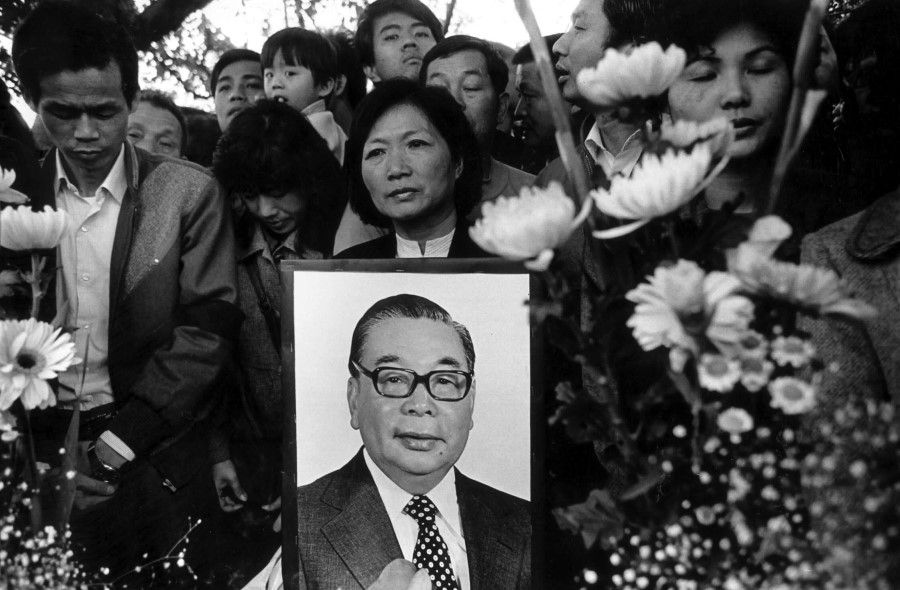
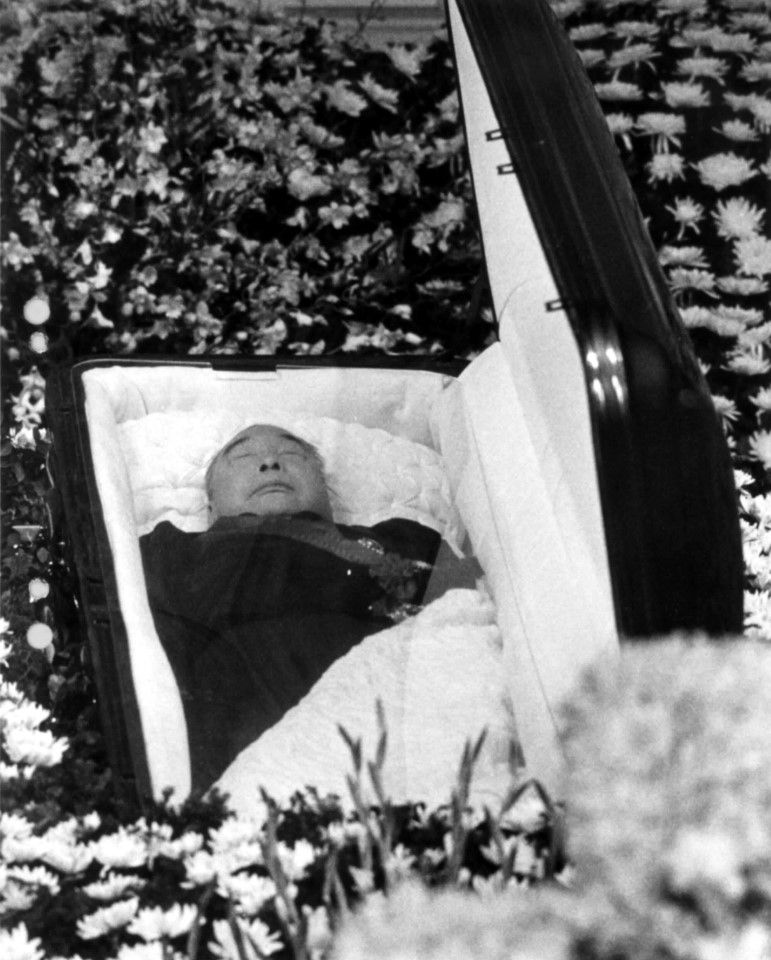

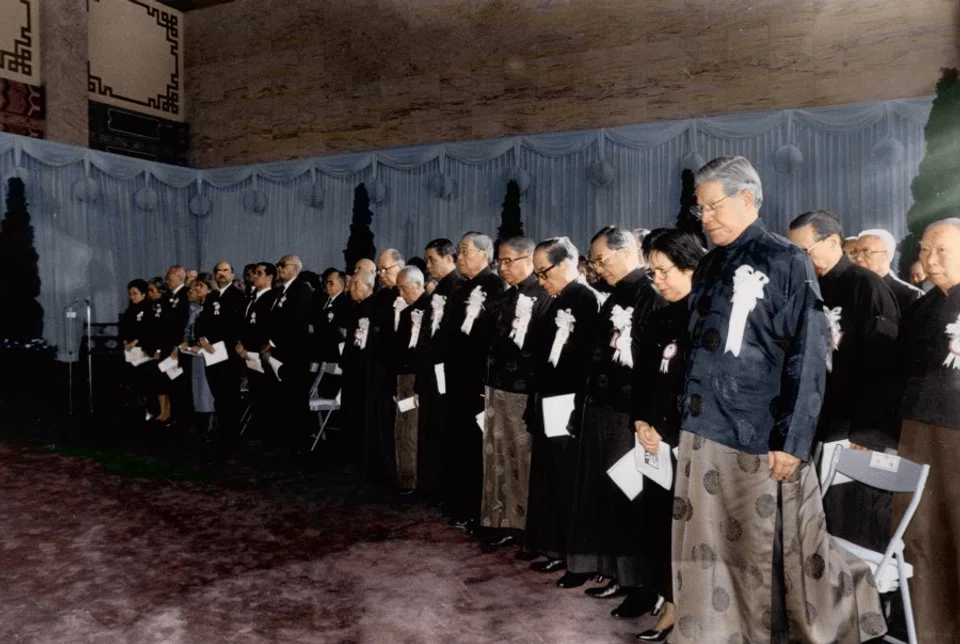
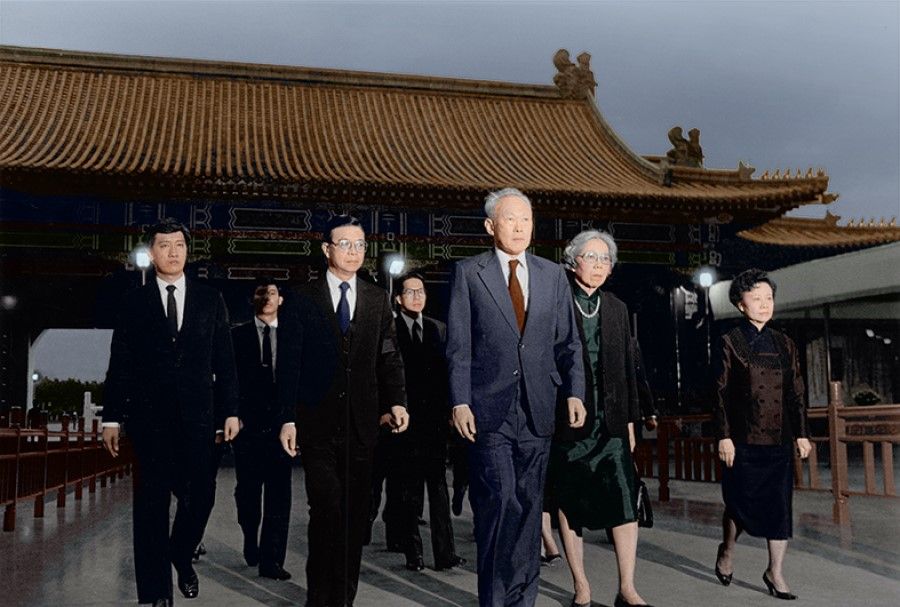
Taiwan under Lee Teng-hui
First, with nearly 40 years of economic growth, the lives of Taiwanese had improved significantly. They were more cultured and educated, and wanted to be more involved in the policymaking process. This created increased pressure for a new distribution of political and social power in society. Before his death, Chiang Ching-kuo had lifted restrictions on political parties and newspapers, and people were now free to set up their own. Lee had to continue this project of political reform, including abolishing laws against political crimes and safeguarding freedom of speech.
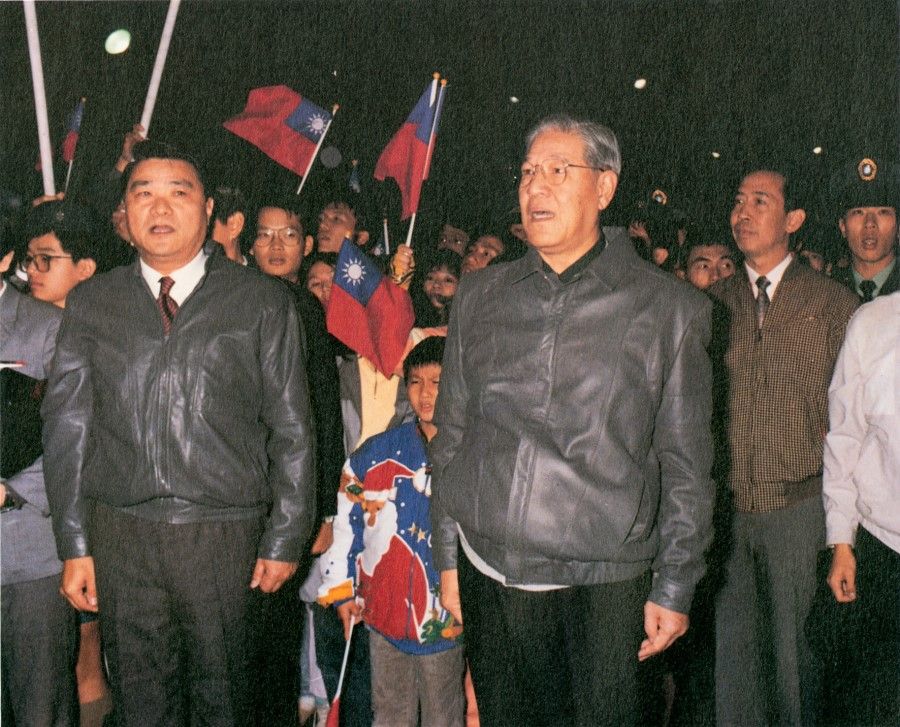
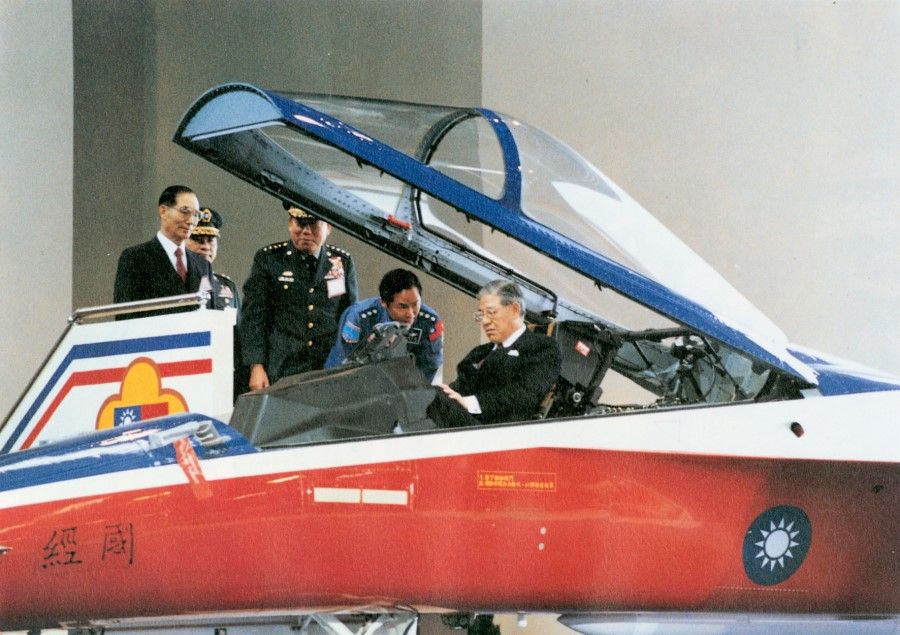
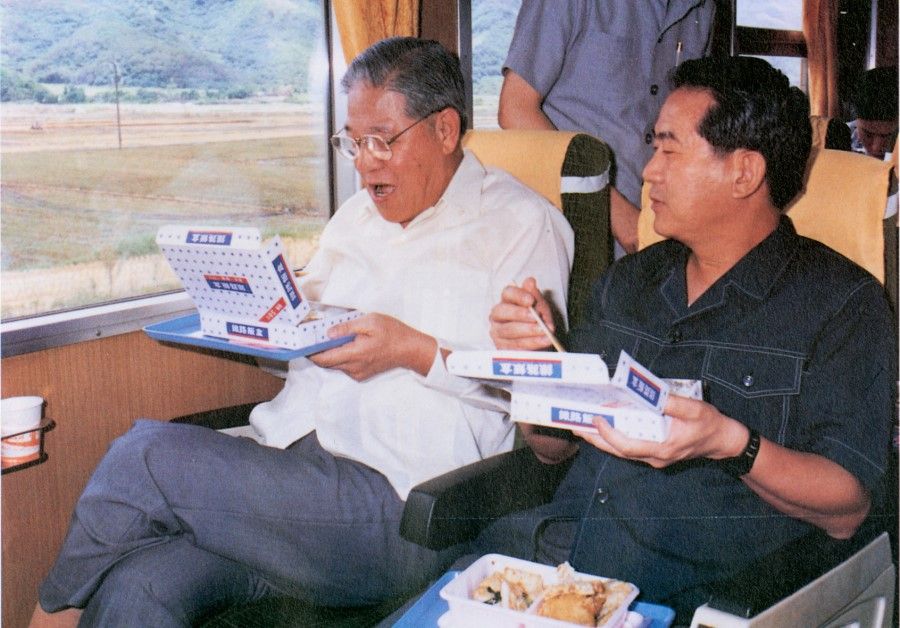
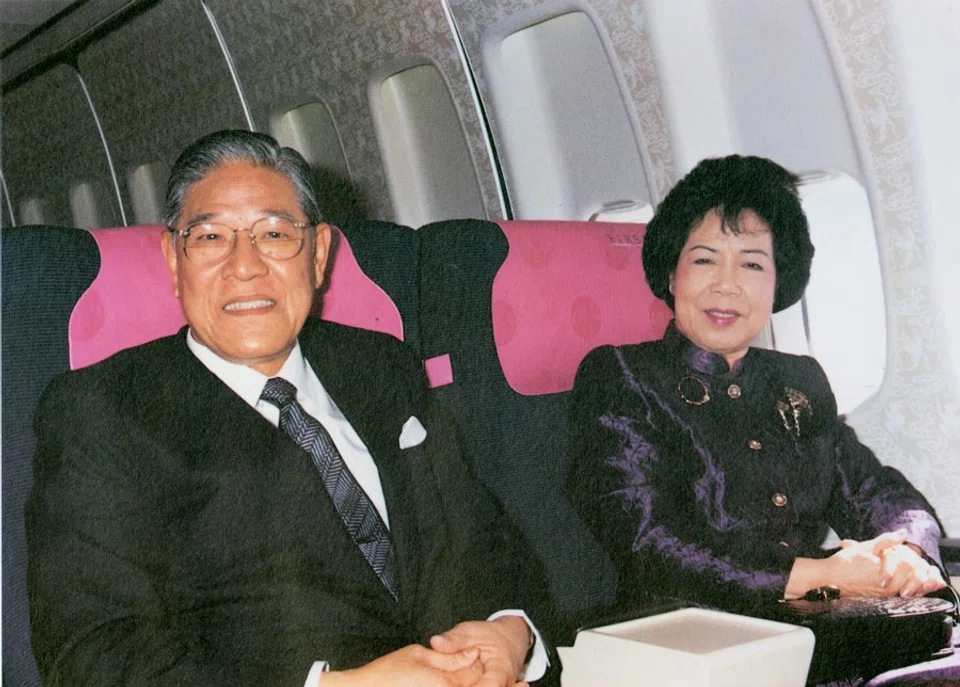
The biggest challenge was implementing change in government agencies, because this would touch on the definition of relations between Taiwan and mainland China. In 1949, the KMT government brought to Taiwan the Constitution of the Republic of China, which was adopted on 25 December 1946 in Nanjing, and came into effect on 25 December 1947. This Constitution was drawn up based on China's population and land size - when applied to an island the size of Taiwan Province, it was like a child wearing adult-sized clothes.
For example, the representatives of the National Assembly from the various provinces in China numbered in the thousands; they selected the president and vice president. The Legislative Yuan also had members chosen from the various provinces. These representatives and members followed the Nationalist government to Taiwan, and to show that the KMT government represented the whole of China, no elections were held to change the lineup of these people, and it became a permanent political privilege. This went against democratic principles - the scale of the organisation was huge, taxpayers' money was being spent, and people were seriously unhappy. The KMT government was rapidly losing its legitimacy.
That year, during a conversation with Japanese writer Ryōtarō Shiba, Lee Teng-hui affirmed the positive contributions of the Japanese colonial period on Taiwan's development, and called the KMT a "foreign force".
From 1990, Lee - who had been re-elected as president - implemented a series of constitutional changes by abolishing some agencies and requiring all representatives of the people to be elected by the people. He also changed the system so that the president would be elected by the people, instead of being chosen by the National Assembly. As for cross-strait relations, Taiwanese had been allowed since 1988 to go to mainland China to visit relatives and as tourists. In 1990, Lee set up the National Unification Council and passed guidelines officially stating the overarching principle of eventual integration between Taiwan and mainland China. And in 1993, the heads of two semi-government bodies - Taiwan's Straits Exchange Foundation (SEF) chief Koo Chen-fu, and chairman for China's Association for Relations Across the Taiwan Straits (Arats), Wang Daohan - held the first high-level cross-strait talks in Singapore.
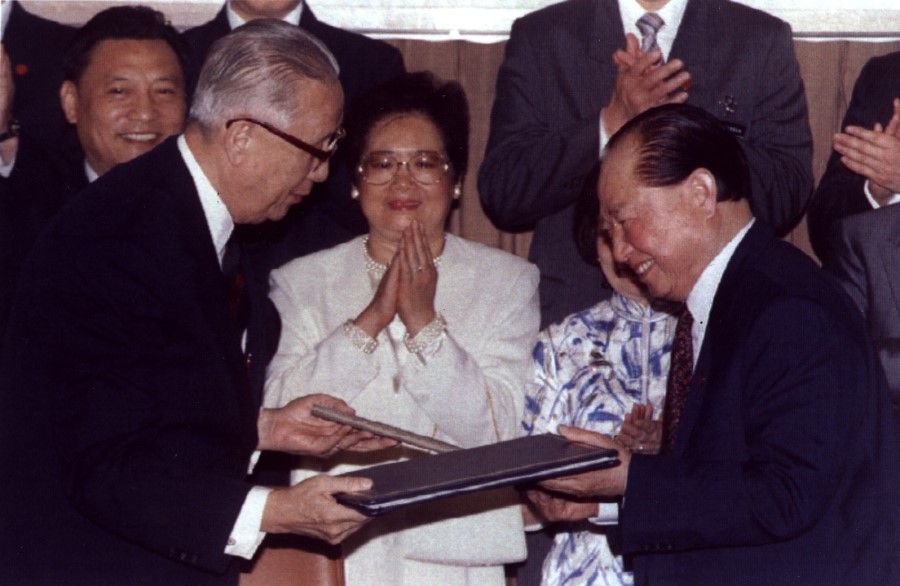
But while it seemed that Lee's domestic and international policies were well-received, from 1994, cross-strait relations rapidly deteriorated and Taiwan was also severely split. That year, during a conversation with Japanese writer Ryōtarō Shiba, Lee Teng-hui affirmed the positive contributions of the Japanese colonial period on Taiwan's development, and called the KMT a "foreign force". This was as good as denying Taiwan as part of China, and was a clear show of separatism. In particular, these comments were intentionally made to a Japanese writer, which immediately drew strong backlash from the Chinese, who still had painful memories of living under Japanese occupation. The Chinese government and official media started to criticise Lee, while there were also strong objections within the KMT and Taiwan.
In 1995, the US government allowed Lee to give a speech at his alma mater, Cornell University. The Chinese government reacted strongly, as it felt the US was going against the one-China principle. People's Daily began running editorials criticising Lee Teng-hui as a traitor who wanted independence for Taiwan, which was doomed to fail. China also held a series of exercises in the Taiwan Strait, including conducting missile tests in the waters around the islands near to Taiwan.
With these clouds of war hanging over the Taiwan Strait, international peace was also shaken. In March 1996, the US government announced that it would deploy two aircraft carriers to the waters outside of Taiwan.
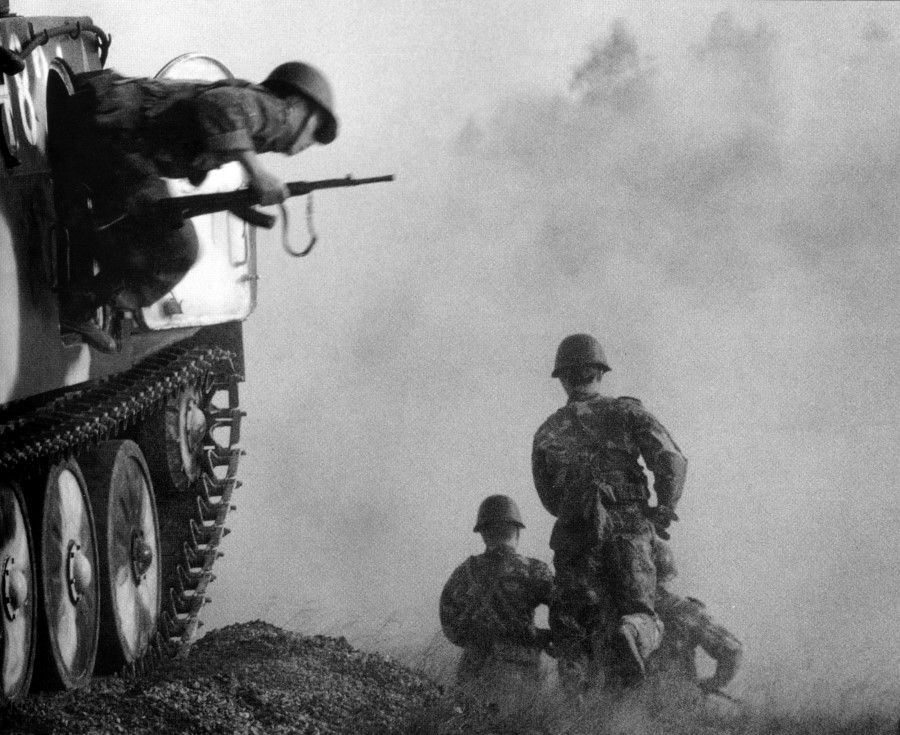
Lee became the first elected president of Taiwan in 1996, with 54% of the vote. From then on, Lee stepped up on reshaping Taiwanese identity, including significantly reducing Chinese history content in schoolbooks and establishing courses focusing on Taiwan history, thus distinguishing Taiwan history from China history, while positively acknowledging Japan's colonial contributions in Taiwan.
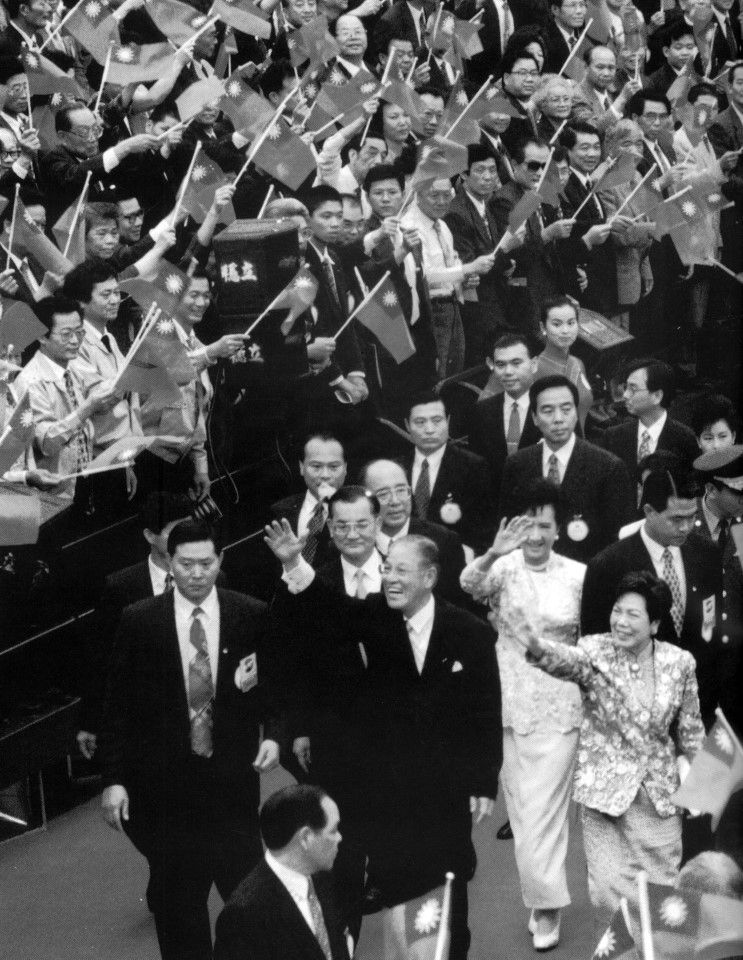
Lee also proposed the economic policy of "patience without haste" (戒急用忍), limiting economic exchanges between Taiwan and mainland China. In an interview in Germany in 1999, Lee said Taiwan and the mainland had "unique country-to-country relations" while revealing fresh plans to change Taiwan's constitutional territory from the whole of China to only include Taiwan, Penghu, Kinmen, and Matsu. All these actions were as good as pushing Taiwan towards legal independence. Both sides of the Taiwan Strait were again at risk of war, and the US also put pressure on Lee to drop his plans to change the constitution.
Lee's cross-strait policies led to serious splits within Taiwan, and peace across the Taiwan Strait and in the region was not attained.
While Lee Teng-hui stepped down as President in 2000, the policies that he pushed during his time in office are being continued by the Democratic Progressive Party (DPP) government, including not accepting "one China" and "de-sinicising" culture and education, allowing a weakening of identification with and sentiment for mainland China among the younger generation of Taiwanese.

Few would question Lee Teng-hui's contributions to Taiwan's democratic politics. However, his push for Taiwan's separation from China both legally and in terms of identity was dependent on a formal commitment from the US - the Taiwan Relations Act. All this prompted the mainland government to ramp up building a modern navy and air force.
With the threat of war ever looming over the Taiwan Strait, and an uncertain regional situation, Taiwan is even more internationally isolated. Lee's cross-strait policies led to serious splits within Taiwan, and peace across the Taiwan Strait and in the region was not attained. Taiwan's economic pillar today is electronics, built up in the later period of Chiang Ching-kuo's time in office; the modern innovation industry is lacking. Basic salaries have been stagnant for years, and the future is more risk-filled and unpredictable. Whether before or after Lee's passing, these issues continue to pose enormous challenges.
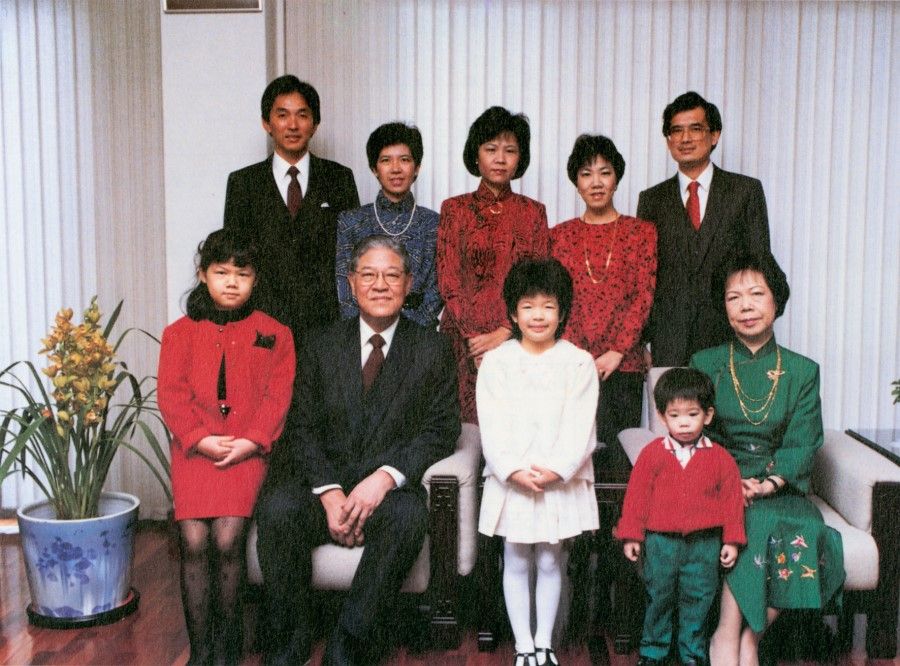
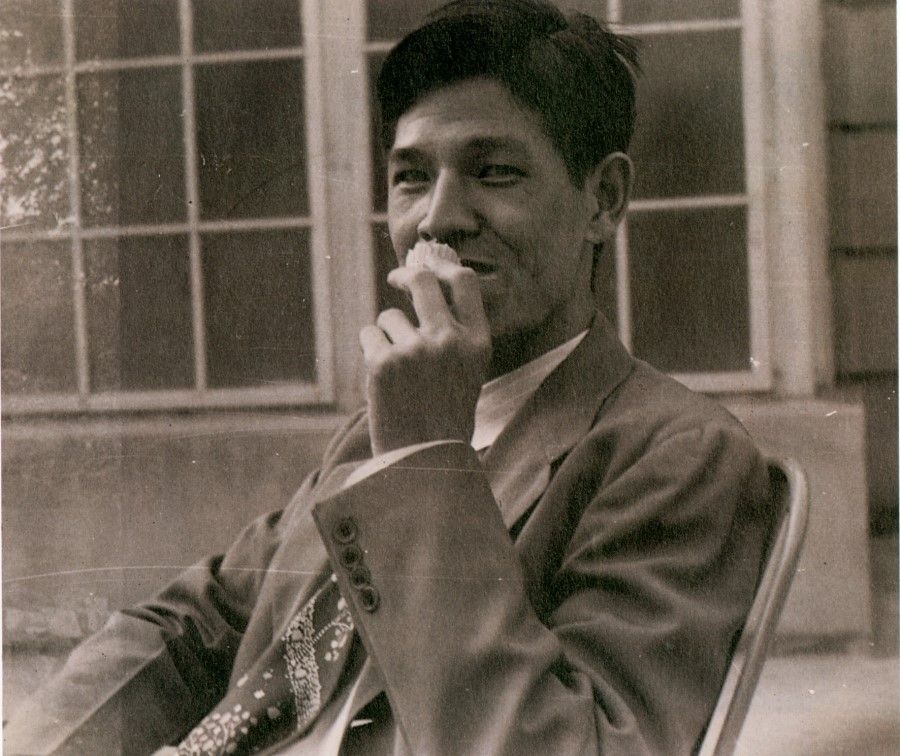
Related: Taiwan's Tsai surprised the world with her achievements, but can her good fortune last another term? | Mainland China and Taiwan: Game of push and pull continues amid the Covid-19 epidemic | Fresh, young, pragmatic chairman of Kuomintang signals new hope for Taiwan? | Taiwan election: Anti-mainland sentiments and zero cross-strait interaction will continue
